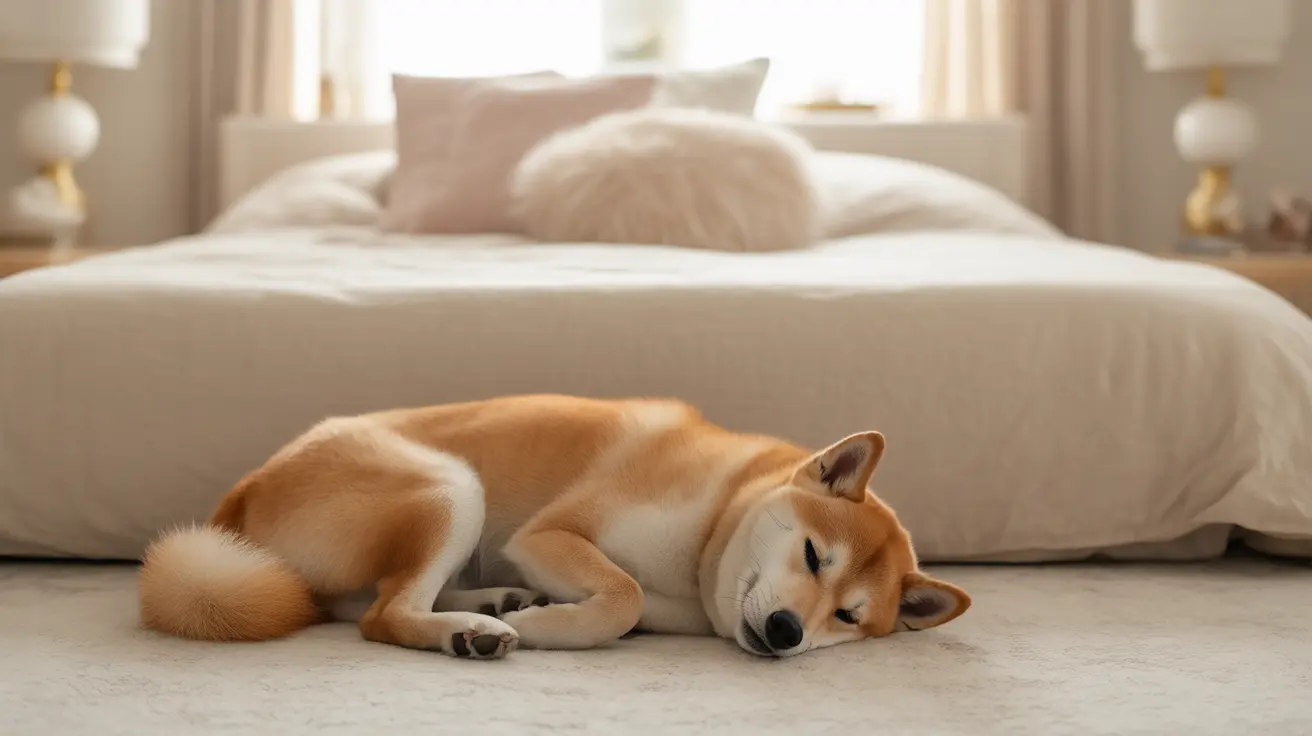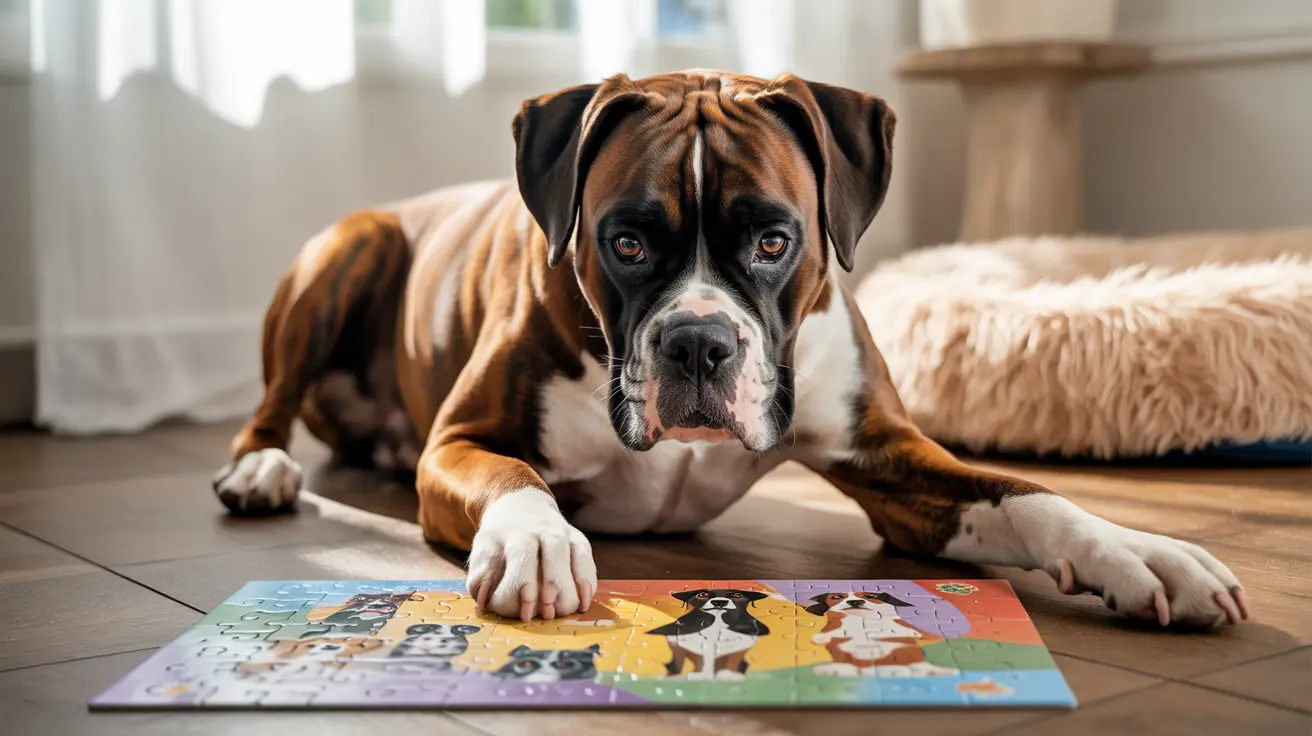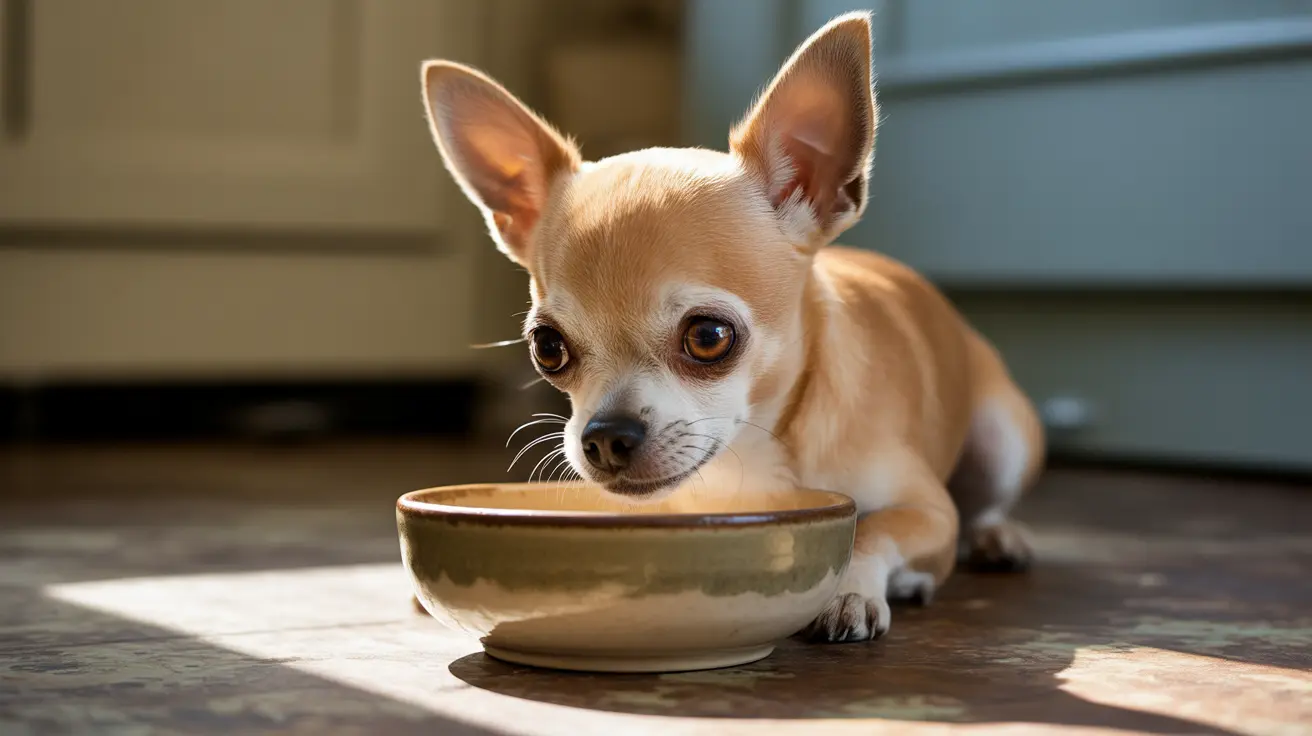Pet Sleep Positions and What They Mean: Decoding Your Furry Friend's Bedtime Behavior
Have you ever wondered what your pet is trying to tell you through their sleeping position? Whether your dog curls up at the foot of your bed or your cat sprawls across your pillow, these nighttime habits reveal fascinating insights about your relationship and your pet's emotional state. Understanding pet sleep positions and what they mean can help you strengthen the bond with your furry companion while ensuring they get the quality rest they need.
Approximately two-thirds of pet owners share their beds with their dogs or cats, making this a common experience for many families. Your pet's chosen sleeping spot isn't random – it's a deliberate choice that reflects their feelings of safety, trust, and attachment to you. By decoding these positions, you'll gain valuable insights into your pet's well-being and the dynamics of your relationship.
From the loyal guardian who sleeps at your feet to the confident sprawler who takes up half the bed, each position tells a unique story about your pet's personality, comfort level, and emotional needs.
Common Pet Sleeping Positions and Their Hidden Meanings
The Loyalist: Devotion at the Foot of the Bed
When your pet consistently chooses to sleep at the foot of your bed, they're demonstrating unwavering loyalty and devotion. This position, known as "The Loyalist," shows that your pet wants to stay close while remaining respectful of your space. Pets in this position often feel a strong protective instinct toward their owners and position themselves where they can easily monitor the room for any potential threats.
The foot of the bed also provides practical benefits for restless sleepers. Your pet can maintain their connection with you while having the freedom to move if you toss and turn during the night. This sleeping arrangement demonstrates a mature, balanced relationship where your pet feels secure in their role within the family hierarchy.
The Knee Cuddler: Ultimate Trust and Security
Few sleeping positions demonstrate complete trust like the knee cuddler. When your pet curls up in the back of your knees, they're seeking both physical protection and emotional comfort. This position indicates that your pet views you as their ultimate source of safety and warmth.
The curved space behind your knees provides a perfect cocoon-like environment that helps your pet feel completely secure. This behavior is particularly common in smaller pets or those who may have experienced trauma in the past, as it represents their highest level of vulnerability and trust in your protection.
Between the Legs: Maximum Security with Minimal Movement
When your pet chooses to sleep directly between your legs, they're seeking the ultimate protective environment. This position offers your pet sound protection and comfort, as they're surrounded by your presence on multiple sides. However, this sleeping arrangement significantly limits your ability to move during the night.
This position often indicates that your pet may be feeling slightly anxious or seeking extra reassurance. While it demonstrates strong attachment, it might also suggest that your pet would benefit from additional comfort measures or anxiety-reducing techniques during their waking hours.
The Peacemaker: Bridging Relationships
In households with multiple humans, some pets position themselves strategically between their owners. "The Peacemaker" seeks warmth from both sides while potentially attempting to maintain harmony in family relationships. This behavior suggests that your pet is highly attuned to family dynamics and may feel responsible for keeping everyone together.
Pets who consistently choose this position often display strong social intelligence and may serve as emotional mediators within the household. They're typically confident, social animals who thrive on being at the center of family activities.
Advanced Sleeping Behaviors and Their Significance
The Pillow Thief: Comfort-Seeking Behavior
When your pet consistently claims your pillow as their sleeping spot, they're prioritizing softness and comfort above all else. "The Pillow Thief" indicates a pet who has developed sophisticated preferences for luxury and comfort. While this behavior can disrupt your sleep by forcing you to wake and reclaim your pillow, it demonstrates that your pet feels completely at home in your space.
This behavior is particularly common in cats and smaller dogs who appreciate the elevated position and soft texture that pillows provide. It may also indicate that your pet's current bedding isn't meeting their comfort needs.
The Blanket Diver: Seeking Scent and Security
Pets who burrow under covers with you are experiencing the ultimate in security and comfort. "The Blanket Diver" behavior indicates that your pet finds extra comfort in being surrounded by your scent while feeling physically protected. This position is particularly common in smaller breeds and cats who naturally seek warm, enclosed spaces.
The behavior of burrowing under blankets connects to your pet's ancestral instincts for creating safe, den-like environments. When they choose to share this space with you, it represents the highest level of bonding and trust.
The Cuddler: Deep Emotional Connection
Direct cuddling represents the deepest form of closeness your pet can achieve. "The Cuddler" position indicates strong emotional bonding and may provide comfort through the rhythmic sound of your heartbeat. Pets who consistently choose this position often have particularly strong emotional connections with their owners.
This sleeping arrangement may also indicate that your pet finds your presence calming and stress-reducing. Many pets who engage in cuddling behavior show lower stress levels and better overall emotional well-being.
Understanding Gradual Behavior Changes
The Sneaker: Building Trust Over Time
Some pets approach bed-sharing cautiously, gradually moving closer throughout the night. "The Sneaker" behavior indicates a pet who is building trust and testing boundaries. This gradual approach often shows that your pet is becoming increasingly comfortable with intimacy but still maintains some natural caution.
Pets who display sneaker behavior are often in transition periods – either newly adopted animals building trust or pets adjusting to changes in the household. This behavior typically evolves over time as confidence increases.
The Superhero: Balanced Alertness and Comfort
When pets sleep stretched out on their stomachs with legs extended, they're demonstrating "The Superhero" position. This sleeping style represents a perfect balance between comfort and readiness to respond to their environment. Pets in this position feel secure enough to rest but remain alert enough to spring into action if needed.
This position is particularly common in active, energetic pets who want to maximize their rest time while staying prepared for play or activity. It often indicates a confident, well-adjusted pet who feels comfortable in their environment.
The Octopus: Confident Space Claiming
The most confident sleeping position involves pets sprawling on their backs, taking up significant space on the bed. "The Octopus" position indicates complete confidence in your tolerance and acceptance of their presence. Pets who sleep this way feel absolutely secure in their place within the family hierarchy.
This position also serves practical purposes, allowing maximum air circulation for temperature regulation. Pets who consistently sleep on their backs in sprawled positions typically have excellent relationships with their owners and feel completely safe in their environment.
The Psychology Behind Pet Sleep Position Preferences
Understanding the psychological motivations behind pet sleep positions and what they mean requires recognizing that pets select their sleeping arrangements based on complex emotional and practical needs rather than attempting to control or claim territory. Your pet's sleeping position reflects their assessment of safety levels, temperature regulation needs, and desire for social connection.
Temperature regulation plays a significant role in position selection. Pets who sleep in tight, curled positions may be seeking warmth, while those who sprawl out are likely trying to cool down. The season, your home's temperature, and your pet's natural body temperature all influence these choices.
Social bonding drives many sleeping position preferences. Pets are naturally social animals who seek connection with their family members. The closer your pet chooses to sleep to you, the stronger their bond and the higher their trust level.
Managing Healthy Sleep Habits for Bed-Sharing Pets
Successfully sharing your bed with pets requires establishing boundaries that ensure quality sleep for everyone involved. Create designated sleeping areas on your bed to help your pet understand their space while maintaining your own comfort zone. Consistent bedtime routines help pets settle more quickly and sleep more soundly.
Providing appropriate bedding options gives your pet choices that may reduce their need to claim your pillows or covers. Orthopedic pet beds placed near your bed offer alternatives for pets who might disturb your sleep while still maintaining closeness.
Monitor your pet's sleeping patterns for changes that might indicate health issues or emotional stress. Sudden changes in preferred sleeping positions, increased restlessness, or difficulty settling may warrant veterinary consultation.
Frequently Asked Questions
- Q: Why does my pet's sleeping position change from night to night?
Pets naturally adjust their sleeping positions based on factors like temperature, comfort level, stress, and physical needs. Seasonal changes, health fluctuations, or emotional states can all influence position preferences. Occasional variation is completely normal and healthy.
- Q: Is it unhealthy for pets to sleep in human beds?
Bed-sharing with pets is generally safe for both parties when proper hygiene is maintained and everyone gets quality sleep. However, pets with certain health conditions or behavioral issues may benefit from their own sleeping spaces. Consult your veterinarian if you have specific concerns.
- Q: What should I do if my pet's sleeping position is disrupting my sleep?
Gradually introduce boundaries by providing comfortable alternatives near your bed. Use positive reinforcement to encourage your pet to use their own bedding while still maintaining closeness. Consistency and patience are key to successfully modifying sleeping arrangements.
- Q: Do different dog breeds prefer different sleeping positions?
Yes, breed characteristics can influence sleeping preferences. Brachycephalic breeds may prefer elevated positions to aid breathing, while breeds with thicker coats might seek cooler surfaces. Size also plays a role, with smaller breeds often preferring enclosed, secure spaces.
- Q: How can I tell if my pet is sleeping well?
Signs of quality sleep include consistent sleeping schedules, peaceful rest without excessive movement, appropriate sleep duration (12-14 hours for adult dogs), and normal energy levels during waking hours. Changes in sleep patterns may indicate health or emotional concerns.
- Q: Should I be concerned if my pet suddenly changes their preferred sleeping position?
Sudden, persistent changes in sleeping positions can indicate health issues, emotional stress, or environmental changes. If the change is accompanied by other behavioral modifications or continues for more than a few days, consider consulting your veterinarian.
- Q: Can I encourage my pet to sleep in a specific position?
While you can influence your pet's sleeping location through proper bedding and environmental setup, forcing specific positions isn't recommended. Pets naturally choose positions that meet their comfort and security needs. Focus on providing options rather than mandating specific sleeping arrangements.
Conclusion
Understanding pet sleep positions and what they mean opens a window into your furry friend's emotional world and strengthens the bond you share. Each position – from the devoted loyalist at your feet to the confident octopus sprawled across the bed – tells a unique story about trust, comfort, and attachment. By recognizing these behaviors, you can better respond to your pet's needs and create an environment that supports both quality sleep and emotional well-being.
Remember that healthy pet sleep habits benefit everyone in the household. Whether your pet prefers to cuddle close or maintain respectful distance, their chosen position reflects their individual personality and their relationship with you. By observing and understanding these patterns, you become a more attuned and responsive pet parent, ultimately creating a happier, more harmonious home for both you and your beloved companion.






